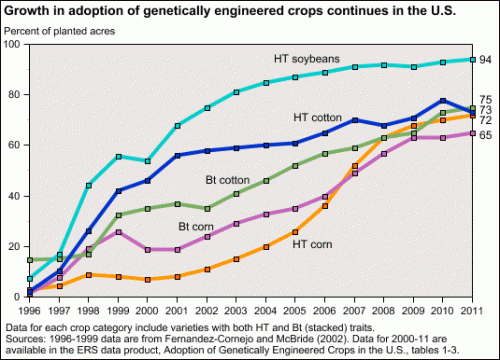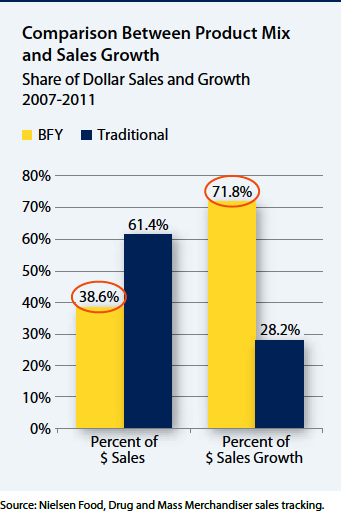The U.K. food industry fights labeling efforts, successfully
Tim Lang, professor of food policy at City University, London, writes that the U.K. food industry is fighting back over initiatives to reduce calories and mitigate climate change.
He sends an article from the British trade publication, The Grocer, about how the U.K. government has reneged on its “responsibility deal” with industry to reduce calories in food products.
The idea was to demand that food companies reformulate products, control portion size, and take “action to shift to lower calorie options.”
But now, in response to industry protests, the U.K. Department of Health is simply inviting food companies to help in the development of calorie-reduction policies.
To this invitation to the fox to guard the chickens, professor Lang comments:
Those of us following the currently fashionable ‘nudge’ theory and other ‘Food Policy lite’ initiatives will note this leak about softening the Responsibility Deal on calorie reduction here in England with concern…Perish the thought that sections of the Food Industry might have lobbied hard to stop any efforts to reduce portion size. Perish, indeed.
Another article in The Grocer points out that Tesco, Britain’s leading food retailer, is pulling out of an agreement to put carbon labels on products becausedoing so is too much trouble.
Professor Lang writes:
Here is the world’s 3rd largest food retailer, Tesco, apparently saying that the carbon label (a weak system for changing behaviour in the first place, perhaps) takes too much time. Well, well, well.
If this is true…the implications are considerable, not least for the planet, given that a third of European (i.e., rich consumers) greenhouse gas emissions are due to food.
He gives as sources for that statement:
- Tukker, A., et al., Environmental Impacts of Diet Changes in the EU. 2009, European Commission Joint Research Centre Institute for Prospective Technological Studies: Seville.
- Tukker, A., et al., Environmental Impact of Products (EIPRO): Analysis of the life cycle environmental impacts related to the final consumption of the EU-25. EUR 22284 EN. 2006, European Commission Joint Research Centre.: Brussels.
- Audsley, E., et al., How Low Can We Go? An assessment of greenhouse gas emissions from the UK food system and the scope for reduction by 2050 2010, FCRN and WWF: Godalming, Surrey.
So much for voluntary actions by industry. Regulation anyone?
This just in: The European Commission issued a statement of regret that the European Parliament vetoed its proposal to allow “percent less” health claims on food packages yesterday. These are statements that a product contains 15% less sugar, for example.
The Commission thinks such claims will encourage reformulation of food products. The Parliament believes that such claims are misleading and will promote sales of junk foods.
Which is right? Who knows?




